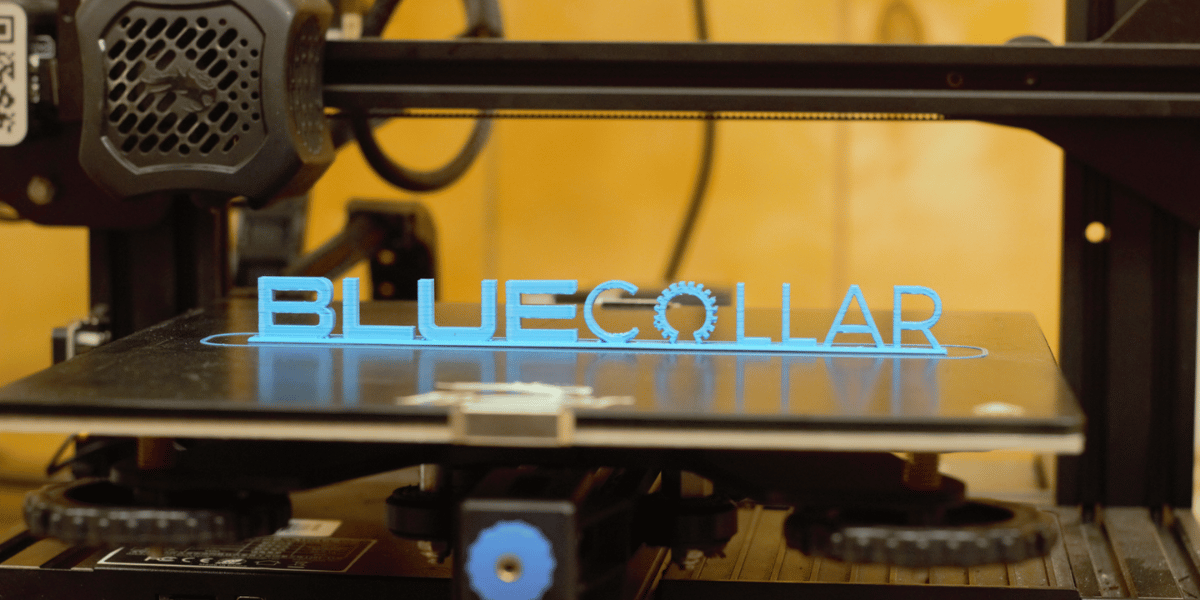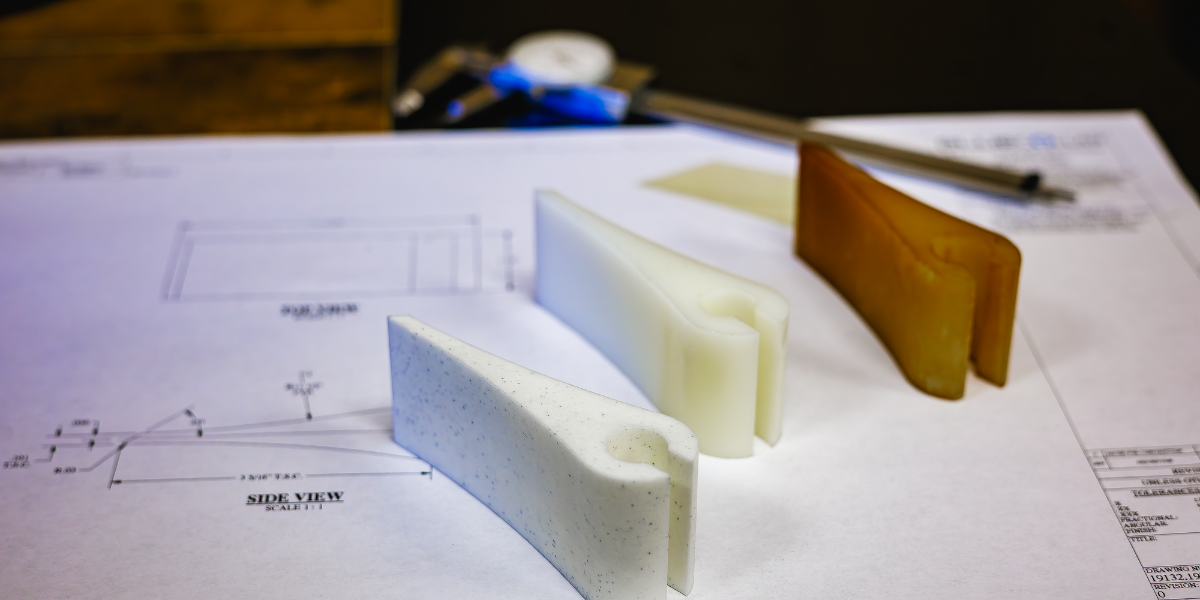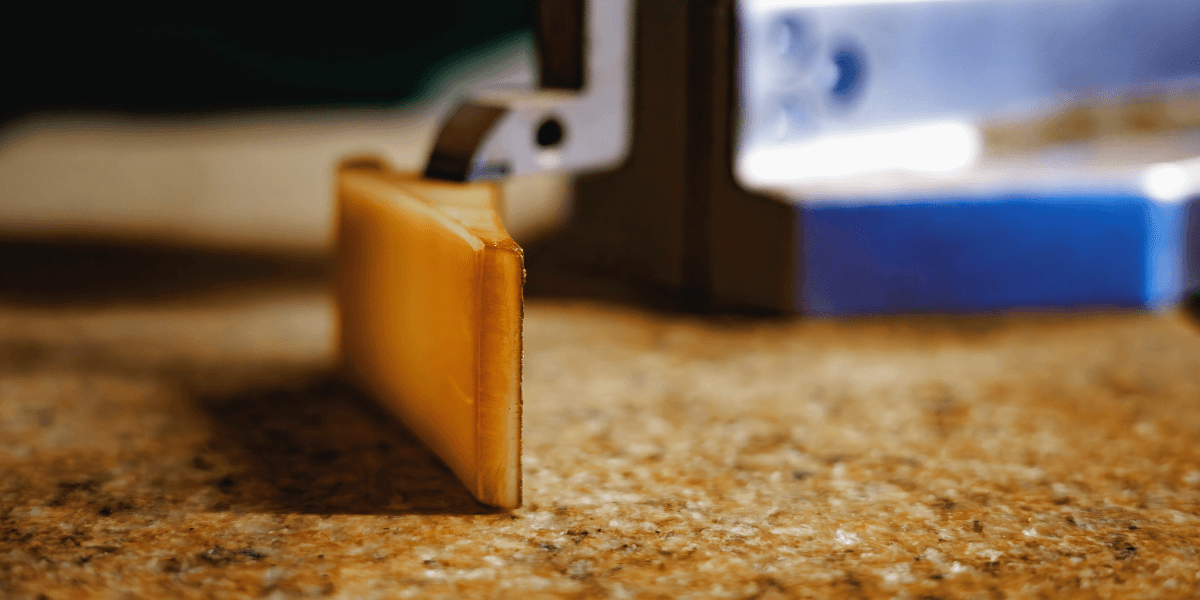How 3D Printing is Shaping the Future in Lafayette, LA
In Lafayette, engineering firms are at the forefront of adopting 3D printing, a technology that's reshaping the boundaries of design and production....
3D printing is revolutionizing the manufacturing industry by enabling custom manufacturing with unmatched precision. Unlike traditional methods, 3D printing builds parts layer by layer, reducing material waste and supporting efficient production. Its ability to create complex, tailor-made solutions on demand is a key driver of industry innovation. From rapid prototyping to full-scale production, 3D printing streamlines workflows, cuts costs, and meets unique design requirements across healthcare, aerospace, and automotive sectors.
This blog will explore how 3D printing supports custom manufacturing, enhances efficient production, and drives industry innovation across various applications.
3D printing offers unmatched flexibility in creating intricate and complex geometries that are nearly impossible to achieve with traditional manufacturing techniques. By building parts layer by layer, this process eliminates many of the design limitations imposed by subtractive methods or molds. For instance, intricate lattice structures, organic shapes, and lightweight components can be easily manufactured without compromising strength or functionality.
Industries such as aerospace and healthcare are reaping the benefits of this design freedom. Aerospace companies use 3D printing to create lightweight yet durable parts, optimizing fuel efficiency and performance. Similarly, the healthcare sector relies on this technology for custom prosthetics, implants, and surgical tools tailored to individual patient needs. This capability to turn highly specific designs into reality has redefined manufacturing possibilities.
Another key advantage of 3D printing is its ability to facilitate low-volume, on-demand production of custom parts. Traditional manufacturing methods often require costly molds or tooling, which may not be practical for small-scale or bespoke production. In contrast, 3D printing allows manufacturers to produce exactly what is needed, when needed, without the overhead of large production runs.
This capability is particularly valuable for small businesses and startups seeking cost-effective solutions to meet niche demands. By reducing lead times and enabling rapid design adjustments, 3D printing supports greater product development and deliverability. Whether for prototyping or end-use parts, on-demand production empowers businesses to innovate and compete in dynamic markets.
%20(1).png?width=1600&height=900&name=3D%20Printing%20in%20Engineering%20Pillar%20(3)%20(1).png)
3D printing has transformed rapid prototyping by enabling designers and engineers to iterate faster. Unlike traditional methods, which may require weeks to produce a prototype, 3D printing can deliver physical models in hours or days. This speed allows teams to quickly test designs, gather feedback, and adjust without delaying the development timeline.
For example, consumer electronics companies utilize 3D printing to prototype new wearable devices. By producing multiple iterations within days, they can refine the design based on user feedback, ensuring optimal functionality and aesthetics before moving to mass production. This accelerated process reduces time-to-market and increases confidence in the final product.
Rapid prototyping with 3D printing also significantly reduces costs by identifying and resolving design flaws early in development. Traditional prototyping methods often involve expensive tooling or machining for each iteration, making multiple revisions financially burdensome. In contrast, 3D printing eliminates the need for specialized tools, allowing for cost-effective production of test models.
By detecting and correcting issues at the prototype stage, businesses can avoid costly mistakes during full-scale production. This proactive approach not only saves money but also minimizes resource waste. Compared to traditional prototyping, 3D printing offers an affordable and efficient way to validate designs, ensuring better manufacturer outcomes.
One of the most significant advantages of 3D printing is its ability to minimize material waste. Unlike traditional manufacturing methods, which often involve cutting, milling, or shaping materials and producing excess scrap, 3D printing builds parts layer by layer. This additive approach uses only the material required to create the design, resulting in minimal waste.
For example, in industries like aerospace and automotive, where lightweight and precise components are essential, 3D printing reduces both material usage and costs. Additionally, companies are incorporating sustainable practices by using biodegradable or recycled materials in their 3D printing processes. These efforts support broader environmental goals while maintaining production efficiency.
3D printing also improves production efficiency by simplifying supply chains. Traditional manufacturing often relies on global networks to source parts and materials, leading to delays and increased costs during disruptions. In contrast, 3D printing enables localized and on-demand production, reducing dependence on complex supply chains.
During global supply chain disruptions, such as those experienced recently, many companies turned to 3D printing to meet urgent production needs. By producing parts directly at the point of use, businesses saved time, reduced transportation costs, and maintained consistent operations. This streamlined approach enhances flexibility and resilience in manufacturing.
3D printing is revolutionizing traditional manufacturing by enabling industries to achieve levels of customization and efficiency that were previously unattainable. In the automotive sector, for instance, manufacturers use 3D printing to produce lightweight, durable components that improve vehicle performance and fuel efficiency. The medical field has also embraced this technology to create patient-specific implants, prosthetics, and surgical models that enhance precision and outcomes.
In construction, 3D printing fabricates complex architectural structures and even entire buildings. These applications reduce labor costs, material waste, and project timelines.
Advancements in material science have further extended the applications of 3D printing. Beyond traditional plastics, the technology now supports various materials, including metals, composites, and biomaterials. These options have opened the door to innovative use cases, such as 3D-printed metal parts for aerospace and biodegradable components for sustainable packaging.
In healthcare, bio-materials enable the development of tissue scaffolds and even 3D-printed organs. These innovations demonstrate how new materials push the boundaries of what 3D printing can achieve across industries.
%20(1).png?width=1600&height=900&name=Blue%20Collar%20-%20Banner%20Images%20(5)%20(1).png)
3D printing has transformed manufacturing by enabling custom solutions, reducing waste, and driving industry efficiency. Its ability to create complex designs, streamline production processes, and leverage advanced materials makes it a cornerstone of innovation in today’s industrial landscape.
At Blue Collar Engineering, we specialize in integrating 3D printing into custom manufacturing projects, helping businesses achieve their production goals with precision and efficiency. Whether you need rapid prototyping or tailored solutions, our expertise ensures your projects succeed in a competitive market. Contact us today to learn how we can support your manufacturing needs with cutting-edge 3D printing technologies.
At Blue Collar Engineering, we specialize in turning concepts into reality. With expertise in 3D scanning, design and drafting, prototyping, engineering, and production management, our team is dedicated to bringing your ideas to life with precision and passion.
From initial concept to final product, we are committed to delivering innovative solutions that meet and exceed your expectations. Whether you're in the food & beverage, oil & gas, or outdoor industry, our multidisciplinary team is equipped to provide turnkey solutions tailored to your needs.

In Lafayette, engineering firms are at the forefront of adopting 3D printing, a technology that's reshaping the boundaries of design and production....

How much faster could you innovate if your ideas could take shape overnight? For engineers and product developers, speed is everything—and when it...

Prototyping isn't just a step in the process—it's the heart of turning an idea into an actual, functioning product. Think of it as your early warning...